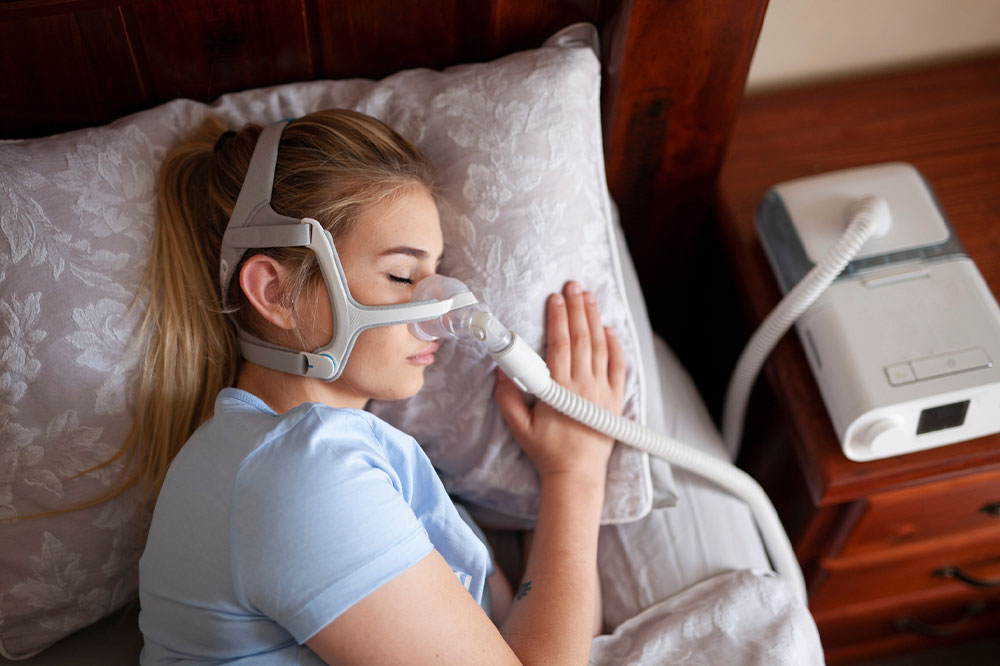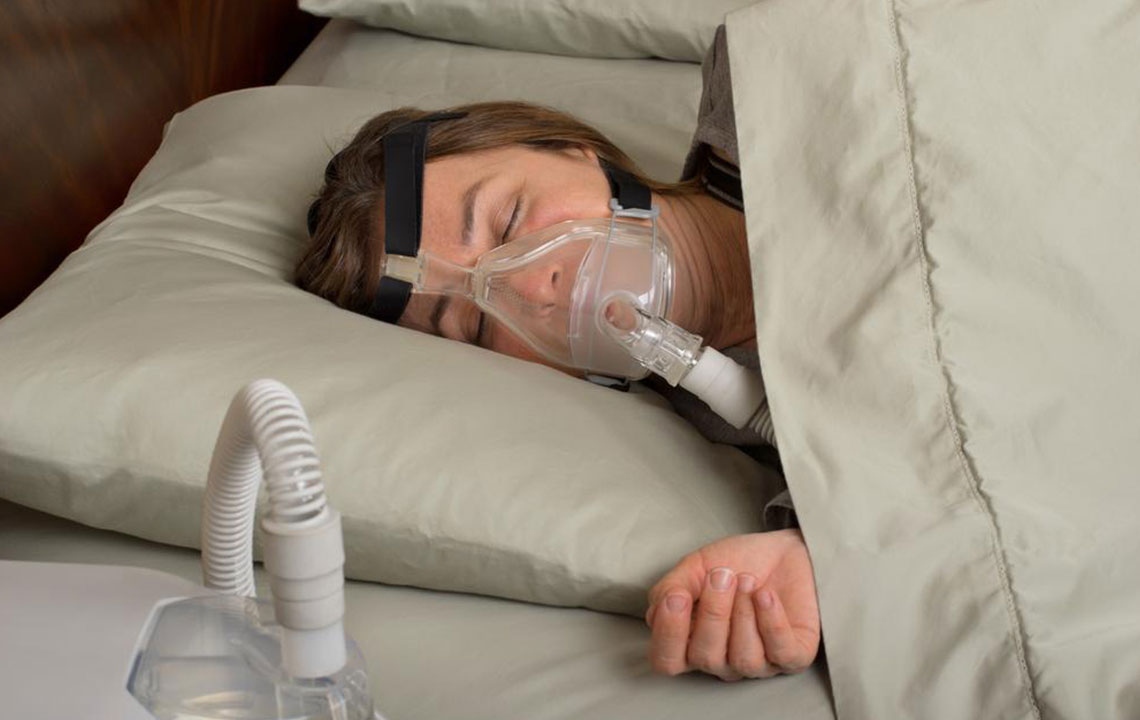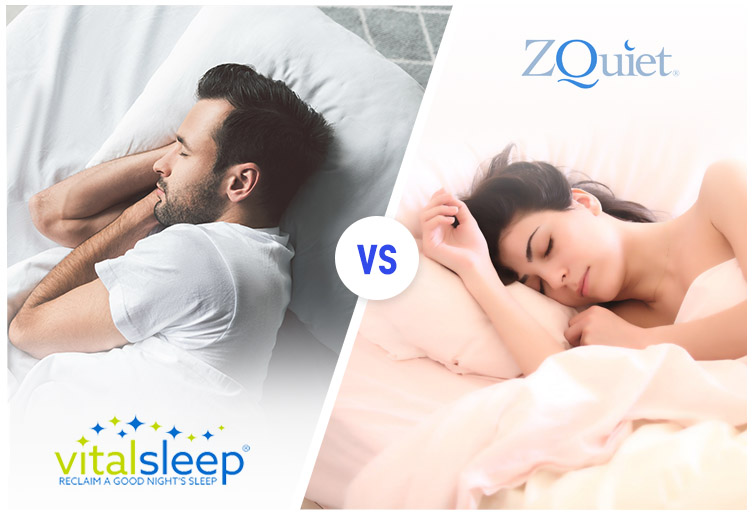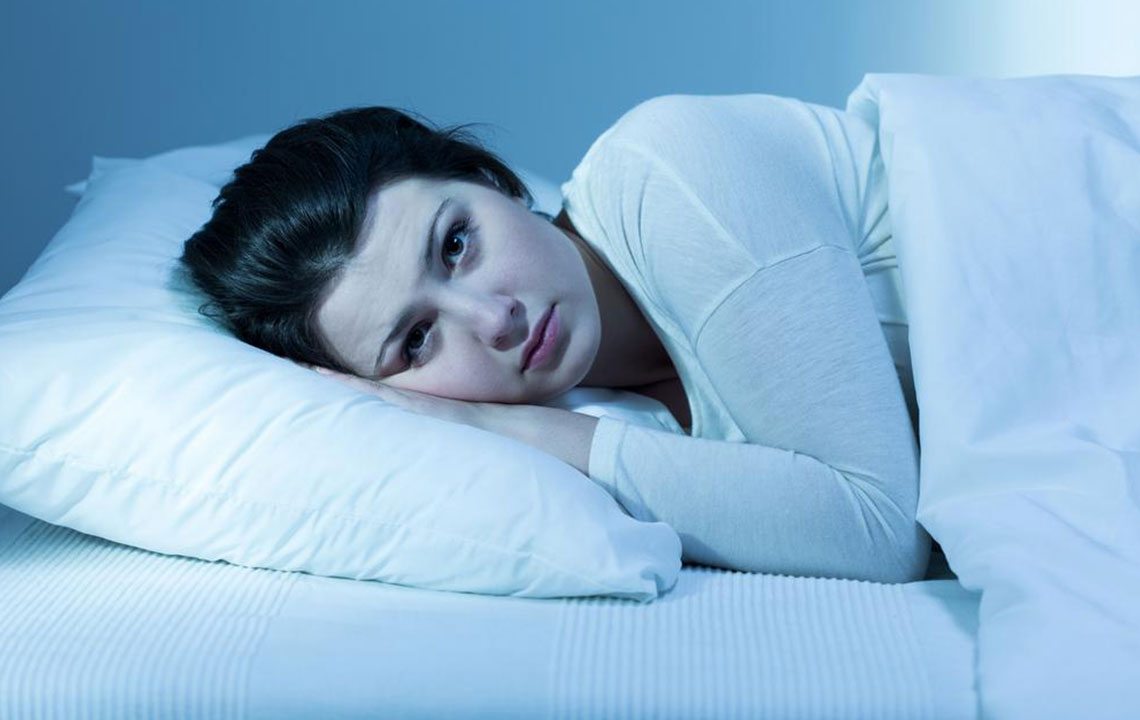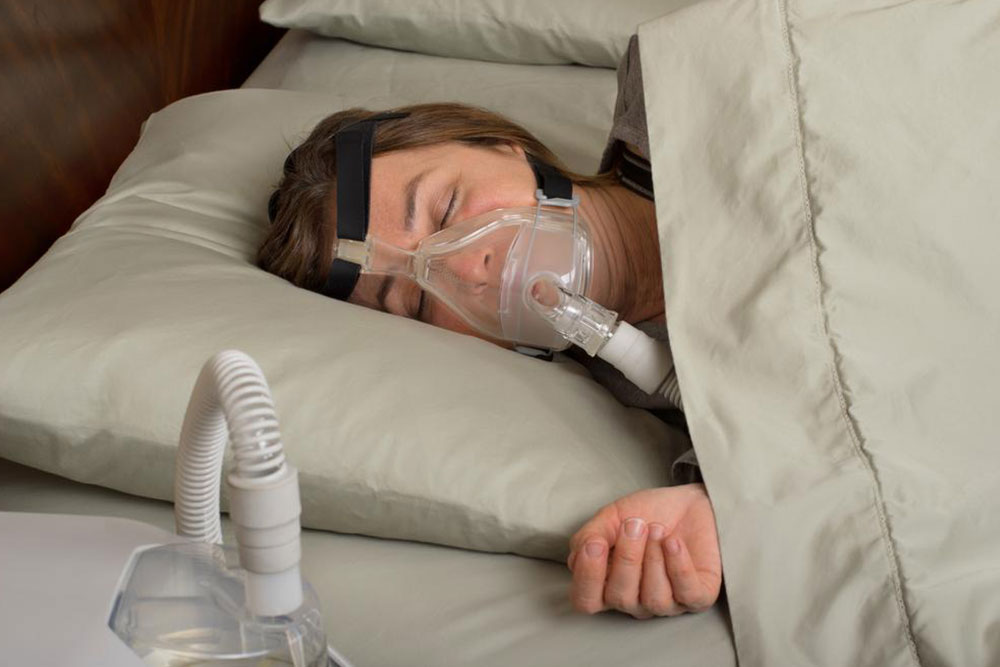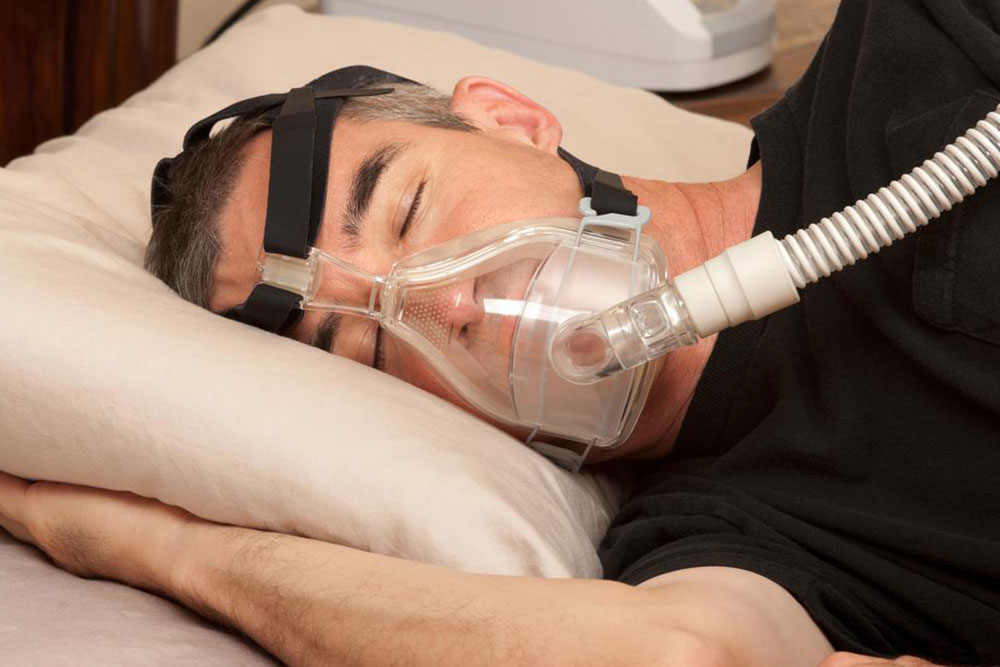Effective Mouthpieces for Managing Sleep Apnea
Discover effective non-surgical solutions for sleep apnea with custom oral appliances. These devices, including MADs and TRDs, help keep your airway open by repositioning the jaw or tongue. Suitable for mild to moderate cases, they offer a comfortable, portable alternative to CPAP therapy. Proper fitting by a sleep-trained dentist ensures optimal results, and consistent use is essential for symptom management. Explore the benefits of laboratory-made appliances and the importance of professional guidance for effective sleep apnea treatment.
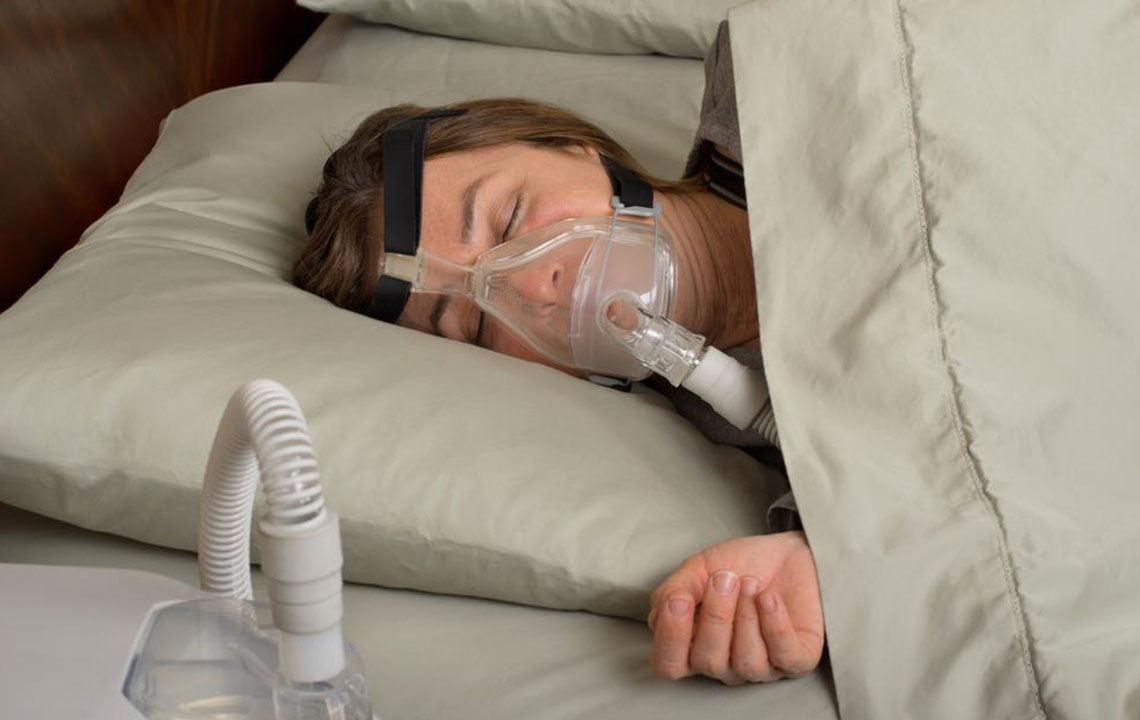
Effective Mouthpieces for Managing Sleep Apnea
Sleep apnea is a condition characterized by disrupted breathing during sleep. Without treatment, individuals may experience irregular breathing patterns, leading to insufficient oxygen supply to the brain and body.
Mouthguards and oral devices are vital non-surgical options for controlling sleep apnea. While they don’t cure the disorder, these devices realign the jaw and tongue to keep the airway open, allowing for restful sleep and proper oxygen intake.
Designed like orthodontic retainers or mouthguards, these appliances are portable, comfortable, and easy to maintain, making them ideal for travel.
Mandibular Advancement Devices (MAD)
These are the most popular oral appliances for sleep apnea. MADs reposition the lower jaw forward, enlarging the airway and preventing collapse during sleep, with the tongue attached to the jaw aiding in maintaining an open airway.
Tongue Retaining Devices (TRD)
TRDs hold the tongue in a forward position to keep the airway clear without moving the jaw. They are simpler to handle and often preferred for comfort, though they may require several weeks of adaptation.
Combination Therapy with CPAP and Dental Devices
For severe cases, combining CPAP therapy with custom oral appliances can enhance results. These mouthpieces work alongside your CPAP device, sometimes allowing for lower pressure settings.
Boil-and-Bite Appliances
Made from thermoplastic, these devices are molded to fit the teeth with dental assistance. They are cost-effective and easy to make but may not be suitable for long-term use due to durability issues.
Laboratory-Made Devices
Custom-fit by dental professionals using impressions of your mouth, these appliances ensure maximum comfort and effectiveness. Although more expensive, they deliver tailored solutions for sleep apnea management.
Properly fitted mouthpieces prevent airway obstruction by supporting the jaw or tongue in optimal positions. Consultation with a sleep-trained dentist ensures the best fit. While CPAP remains the gold standard, many patients prefer oral devices for their portability and comfort, especially in mild to moderate cases. Research shows that these appliances effectively reduce snoring in 90% of cases and moderate sleep apnea in 70%. Consistent nightly use is essential, and follow-up visits help evaluate progress. Since individual differences impact success, personalized treatment plans are vital.
Note:
This article offers practical insights into sleep apnea treatments involving oral devices. While they can significantly improve symptoms, consulting a specialized dental or sleep specialist is recommended for personalized care. The information provided is for educational purposes and may not cover all treatment options or latest advances.

